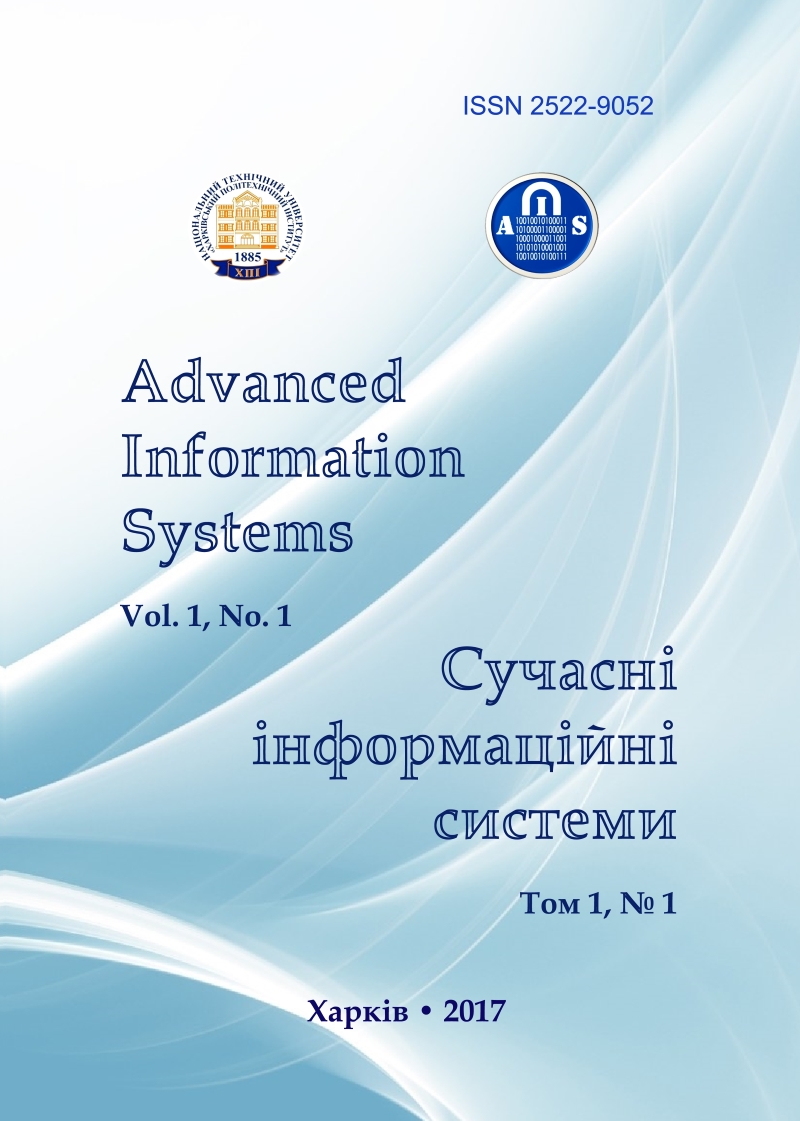Elastomer composition properties forecast using percolation model
Main Article Content
Abstract
The results of theoretical and experimental studies on development of methodology for assessing geometric parameters elastomeric phase morphology compositions based on an analysis of the problems in percolation and Ferhyulsta differential equation. Established that the geometric probability phase transitions, a given content heterophase sharply reduced in case heterophase particle size reduction. With the developed technique Calculations geometric parameters of the rubber phase morphology to assess the impact of the nature and content all ingredients on the structure and properties of rubber. The principles of construction the optimal composition of elastomer (rubber and polyurethane block). Established that maximum deformation-strength properties sold in case formation of morphological structure with a minimum particle size heterophase. The optimal block for polyurethanes morphology is that, on the one hand, provides the highest probability of preservation of properties for heterophase rigid blocks providing high strength, on the other hand - saving properties of variance environment for high elasticity. The results, based on analysis in problems of percolation well aligned with known experimental data, by light scattering, by optical and electron microscopy. The approach has practical value for optimization of elastomeric compositions, as well as to developing brand range block polyurethanes.
Article Details
References
Pol, D. and Baknel, K. (2009), Polimernyye smesi [Polymer mixtures], Nauchnyye osnovy i tekhnologi, Sankt-Peterburg, Vol. 1. 618 p., Vol. 2. 606 p.
Kuleznev, V.N. and Morozov, YU.L. (2007), “Elastomery i plastiki (ot razdeleniya k yedinstvu)” [Elastomers and plastics (from separation to unity)], Kauchuk i rezina, No. 6, pp. 29–33.
Guldakh, KH. and Tabochkin, YA. (1990), Komp'yuternoye modelirovaniye v fizike [Computer Modeling in Physics]. CH.2. Mir, Moskva, 400 р.
Yevdokimenko, N.M. and Anisimov, V.N. (2014), “Regulating the Morphology and Predicting the Properties of Polyure-thane Block Copolymers”, Polymers of special applications: Polish-Ukrainian conference, abstracts. Ukraine-Bukovel. – p. 3.
Anisimov, V.N. (2013), “Predicting the Properties of Linear Block-Polyurethanes through Percolation Models”, European Applied Sciences, Vol. 2. No. 3, pp. 4–8.
